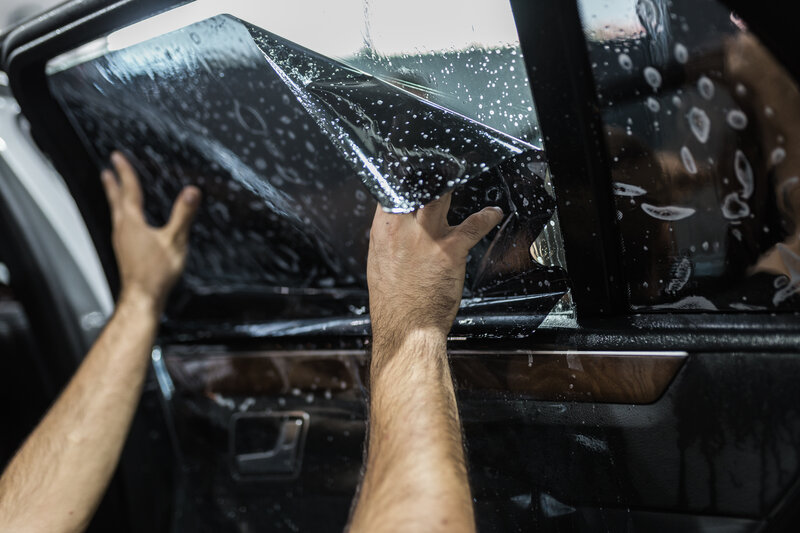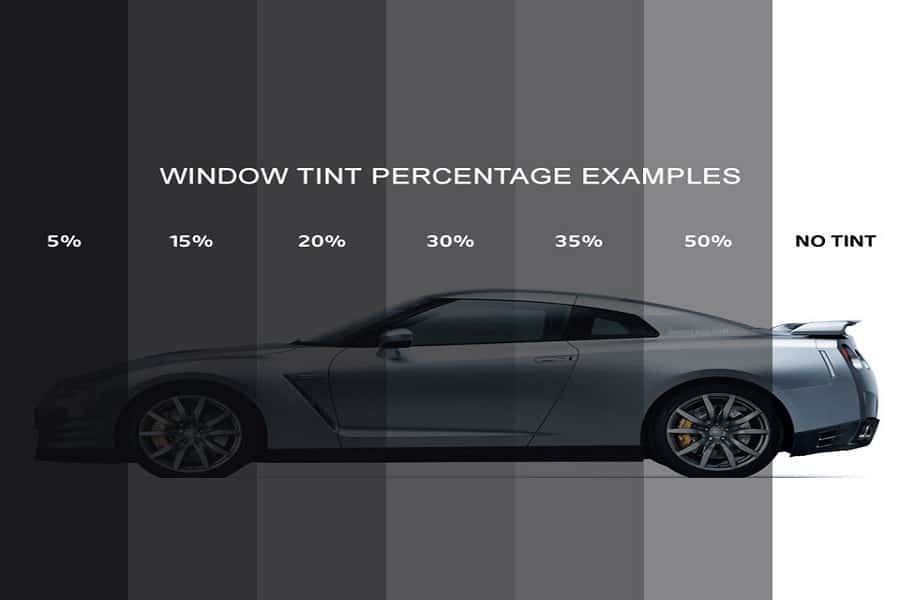Professional Window Tinting Services for Better Comfort and Style in Your Vehicle
Professional Window Tinting Services for Better Comfort and Style in Your Vehicle
Blog Article
Home Window Tinting Rules: What You Required to Know Prior To Tinting Your Automobile
Recognizing home window tinting regulations is important for any kind of car proprietor thinking about tinting their auto. Regulations differ significantly from state to state, developing specific restrictions for Visible Light Transmission (VLT) portions, especially for front-side home windows and windshields. Failure to follow these laws can cause fines, the need to eliminate the color, and issues with insurance. As you consider improving your lorry's look and performance, it is vital to comprehend not just the legal effects however additionally the practical considerations that feature choosing the ideal color. What elements should you focus on in your decision-making process?
Significance of Comprehending Color Laws
Comprehending home window tinting regulations is crucial for lorry owners to guarantee conformity with state regulations. These laws dictate the permitted levels of tint darkness and reflectivity, which can substantially differ from one territory to another. Falling short to stick to these laws can cause fines, obligatory removal of the tint, and potential problems during lorry evaluations.
Furthermore, understanding these laws helps car owners make notified decisions about their tinting options. Different sorts of window movies supply various advantages, such as UV defense, warmth being rejected, and glow reduction. However, without expertise of the lawful limitations, car proprietors run the risk of selecting products that might eventually bring about legal issues.
Additionally, recognition of tinting legislations fosters a more secure driving atmosphere. window tinting. Exceedingly dark colors can hinder visibility, raising the danger of crashes, particularly during the night or in unfavorable climate condition. Police additionally utilize these regulations to guarantee roadway security, making conformity not just an individual obligation but a legal obligation
State-Specific Tint Laws
Each state in the U.S. has actually established its very own particular laws regarding window tinting, mirroring a diverse variety of needs and standards. These policies can vary dramatically, affecting exactly how car proprietors come close to installment and conformity. As an example, some states enable darker colors on back windows while enforcing strict limits on front-side home windows.
In addition, guidelines usually specify allowable tint materials and shades. Particular states ban reflective colors completely, while others may enable them to a restricted level. Additionally, some jurisdictions mandate that automobiles with colored home windows show a sticker suggesting conformity with state legislations, supplying a clear identification for legislation enforcement.
Enforcement of these legislations likewise varies; some states are a lot more proactive, performing arbitrary checks, while others count on grievances or visible offenses to start enforcement. Automobile owners need to be mindful that failing to comply with state-specific tint policies can lead to penalties, necessary removal of unlawful tints, or both.

Lawful Color Percentages
Identifying the lawful color percents is important for car owners seeking to follow state regulations. Each state has certain legislations regulating just how much light must pass with the home windows of a lorry, which is expressed as a portion referred to as Visible Light Transmission (VLT) This percentage varies dramatically throughout states and can depend on the kind of home window-- front side, back side, and windshield.
For circumstances, some states enable just 20% VLT on front side home windows, while others might allow up to 50%. Windscreen tinting is often much more restricted, with many territories permitting just a slim band of color on top of the windscreen. In comparison, rear windows commonly have a lot more tolerant laws, with some states allowing darker colors.
It is vital for vehicle proprietors to acquaint themselves with their neighborhood regulations to prevent possible lawful concerns. This consists of understanding exactly how VLT is determined, as it can vary based upon the sort of home window film used. Staying educated concerning these guidelines makes certain compliance and promotes risk-free driving problems for both the car owner and others when traveling.
Repercussions of Non-Compliance
Stopping working to comply with window tinting legislations can result in considerable consequences for car owners. The most instant consequence is the possibility for website traffic stops and citations from police. Policemans trained to recognize unlawful color levels might provide fines, which can differ by jurisdiction yet usually range from modest to significant amounts. Repetitive infractions might bring about enhanced fines, including higher fines or added factors on a vehicle copyright.

Insurer may also impose charges for non-compliance, as illegal adjustments can be checked out as a violation of policy terms. If an occurrence takes place., this might impact insurance coverage rates or lead to complications in cases.
Ultimately, the consequences of non-compliance expand past prompt monetary charges; they can impact a vehicle driver's insurance coverage prices, legal standing, and overall car worth, emphasizing the relevance of sticking to regional window tinting regulations.
Tips for Finding Tinting Options
Understanding the effects of non-compliance highlights the value of making notified choices when selecting window tinting choices. Familiarize yourself with your state's details regulations regarding color darkness and reflectivity. Each state has unique laws that determine the acceptable restrictions, so ensure you stay within these guidelines to prevent charges.
Secondly, take into consideration the kind of tint product. Options include colored, metalized, and ceramic tints, each offering differing look what i found degrees of heat rejection, UV defense, and sturdiness. Ceramic colors supply exceptional warmth resistance without conflicting with digital devices, making them a popular option.
In addition, examine your primary function for tinting. If you seek enhanced privacy, go with darker tints; however, bear in mind that this may impact exposure at evening. On the other hand, if glow decrease and UV security are your major problems, lighter tints may be sufficient.
Finally, speak with an expert installer that is well-informed regarding local policies and can suggest premium products fit to your demands (window tinting). Taking these elements right into account you can try this out will guarantee you make a knowledgeable choice, eventually boosting both your car's appearances and performance
Verdict
Finally, experience with home window tinting laws is important prior to using tint to a lorry. Each why not try this out state enforces specific laws relating to visible light transmission percents, particularly for front-side windows and windscreens. Non-compliance can lead to significant fines, consisting of penalties and mandatory elimination of non-conforming tint. By recognizing legal demands and selecting ideal tint products, car proprietors can attain aesthetic improvement while remaining certified with relevant laws. Adherence to these guidelines makes certain both security and satisfaction.
Recognizing home window tinting laws is vital for any type of car owner considering tinting their automobile.Understanding window tinting regulations is important for car owners to ensure compliance with state policies. Some states enable darker colors on back home windows while imposing rigorous limitations on front-side home windows.
In comparison, rear home windows commonly have a lot more lenient regulations, with some states allowing darker tints. (window tinting)
In final thought, knowledge with window tinting legislations is vital prior to applying color to a lorry.
Report this page